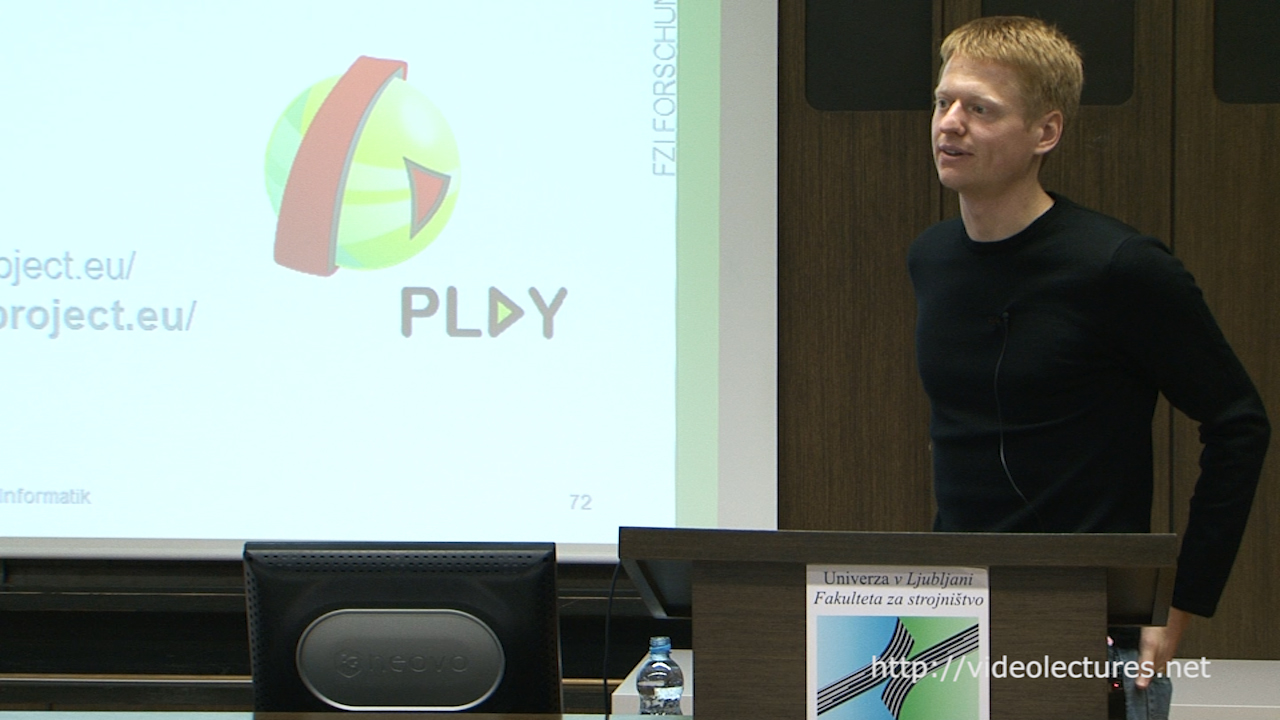I collected some definitions of event from the view of event processing research and practise. The emphasis is mine:
-
(Etzion & Niblett 2010)1 wrote:
An event is an occurrence within a particular system or domain; it is something that has happened, or is contemplated as having happened in that domain. The word event is also used to mean a programming entity that represents such an occurrence in a computing system.
-
(Luckham & Schulte 2011)2 wrote:
Anything that happens, or is contemplated as happening. Or: An object that represents, encodes, or records an event, generally for the purpose of computer processing.
-
(Gupta and Jain 2011)3 wrote:
Events are first-class objects which means a fundamental information unit which can be stored, queried and merged with other events
-
(Hinze & Voisard 2002)4 wrote:
An event is the occurrence of a state transition at a certain point in time.
-
(Michelson 2006)5 wrote:
A notable thing that happens inside or outside your business.
-
(Mühl et al. 2006)6 wrote:
Any happening of interest that can be observed from within a computer is considered an event. […] A notification is a datum that reifies an event, i.e., it contains data describing the event.
- Etzion, O. & Niblett, P. Event Processing in Action Manning Publications Co., 2010 ↩
- Luckham, D. C. & Schulte, R. Event Processing Glossary – Version 2.0, 2011 Link ↩
- Gupta, A. & Jain, R. Managing Event Information: Modeling, Retrieval, and Applications, Morgan & Claypool Publishers, 2011 ↩
- Hinze, A. & Voisard, A. A parameterized algebra for event notification services Ninth International Symposium on Temporal Representation and Reasoning, 2002. TIME 2002, 2002 ↩
- Michelson, B. M. Event-Driven Architecture Overview Patricia Seybold Group, Feb, 2006 Link ↩
- Mühl, G.; Fiege, L. & Pietzuch, P. Distributed Event-Based Systems Springer-Verlag New York, Inc., 2006 ↩

